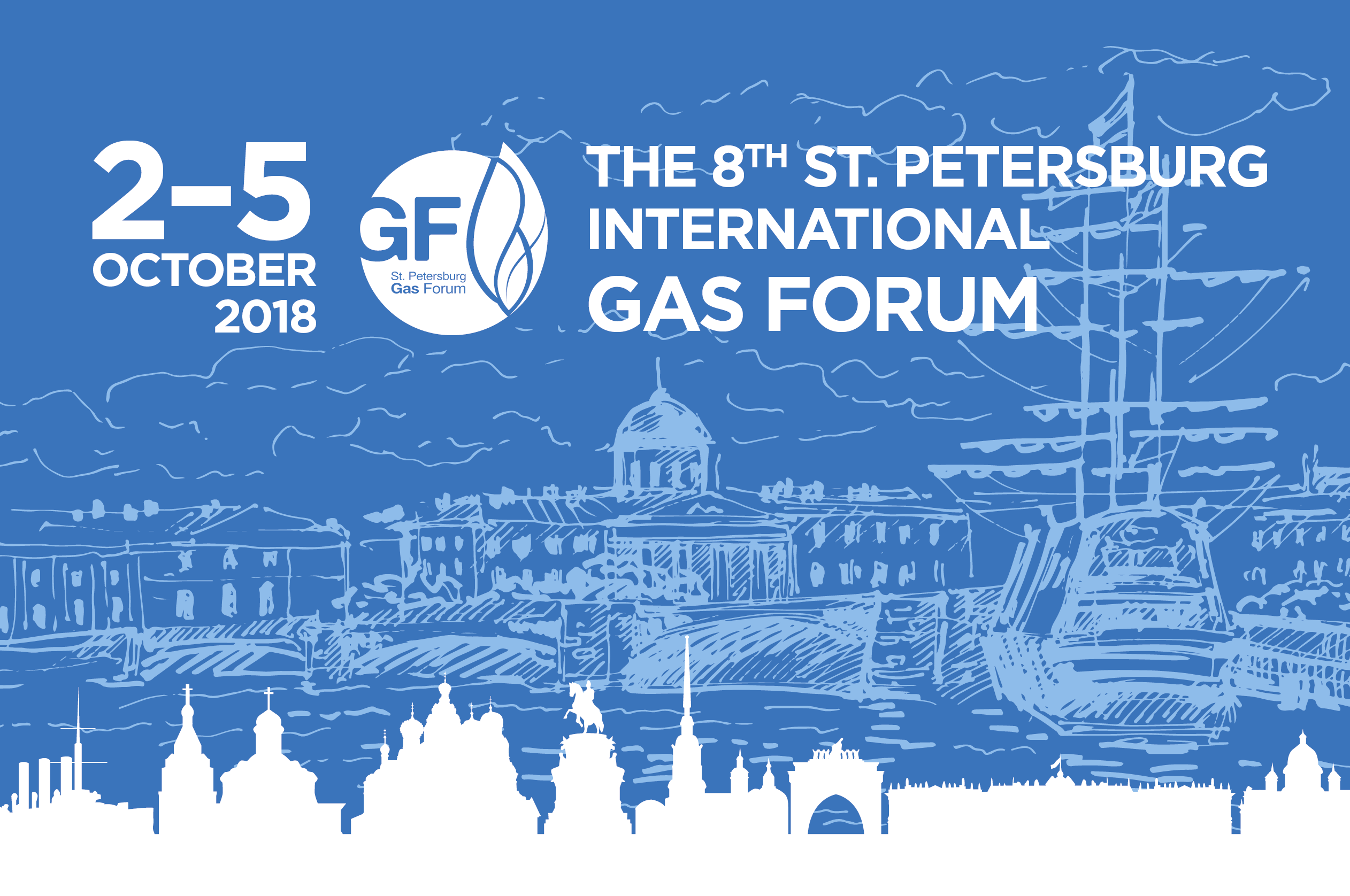
On 4 October, the 8th St. Petersburg International Gas Forum held an international conference of gas vehicle associations: Measures to Support the Gas Engine Fuel Market.
By 2020, major Russian cities are to convert half of public and municipal transport to gas. Such an approach will significantly improve the environmental situation in the regions and save considerable funds. To accomplish this transition, the government is willing to stimulate the process, focusing on the experience of the most advanced countries well experienced in the matter. “The gas engine fuel trend is dynamically developing in many countries. China has already converted 6 million vehicles to gas engine fuel. In Italy, 1.2 million vehicles use gas, although it has no gas of its own.” – comments Viktor Zubkov, Chairman of the Board of Directors of PJSC Gazprom, Special Representative of the President of the Russian Federation for Cooperation with the Gas Exporting Countries Forum. According to him, the Gazprom Company installs gas stations with a 500-600 cars per day throughput. Today, there are 340 gas filling stations in the country with 280 of them belonging to PJSC Gazprom.
For the time being, it is unprofitable to roll out this kind of fuel filling system, with only 27% of the stations operating to a full capacity, but, according to the speaker, the industry is bound to see a turning-point when gas stations will be in demand. “The price of gas for 1 unit is 14.50 rubles, while gasoline and diesel costs start from 45 rubles. We converted 40% of our fleet to gas engine fuel, which allowed us to save more than 2 billion rubles,” – told Zubkov. The speaker also stressed that transition to gas engine fuel significantly improves the environmental situation. According to studies, the share of motor vehicles in emissions is 44%, while in large cities the figure amounts to 90%, whereas gas engine fuel will allow cutting atmospheric emissions by 59 thousand tons. Apart from that, Zubkov shared the plans for pilot projects to develop the gas engine fuel market in Rostov-on-Don and Belgorod. “We will draw up a roadmap with a detailed description of the full project implementation plan. It is expensive to install such a gas station, it can take from 50 to 200 million rubles, but we know how to make this production cheaper. ” – concluded Zubkov.
Kirill Molodtsov, Assistant Head of the Presidential Administration of the Russian Federation, stressed that he thinks that nothing stands in the way of converting vehicles to gas engine fuel: “We have done the main thing – we have untethered the diesel and gas costs, stopping gas prices from rising.” Molodtsov also expressed astonishment that to this day there are no companies earning money manufacturing gas cylinders, mobile filling modules, etc. "This is a vacant niche for small and medium businesses," – considers Molodtsov.
Zhao Yongqi, CEO of Kunlun Energy", presented the Chinese experience of using LNG (liquefied natural gas). At present, China has a fully fledged production cycle in the LNG industry: starting from the receiving terminal, the plant, transportation/transmission of fuel and cryo gas filling stations, etc. By the end of 2017, 18 LNG receiving terminals with a capacity of 60.67 billion tons per year had been commissioned in China. Gas vehicles are also very popular in the country of the rising sun. At the present moment, the country has more than 6 million of them. Each year, the number of gas driven vehicles increases by 20-30% due to stringent environmental policies and low prices. At present, the country is developing its fuel transportation system, although the transportation methods are limited: the fuel is transported in tanks, there are more than 8,000 of them and their working volume has reached 55.6 cubic metres. The country's government is working on laws, regulations and standards for the use of LNG.